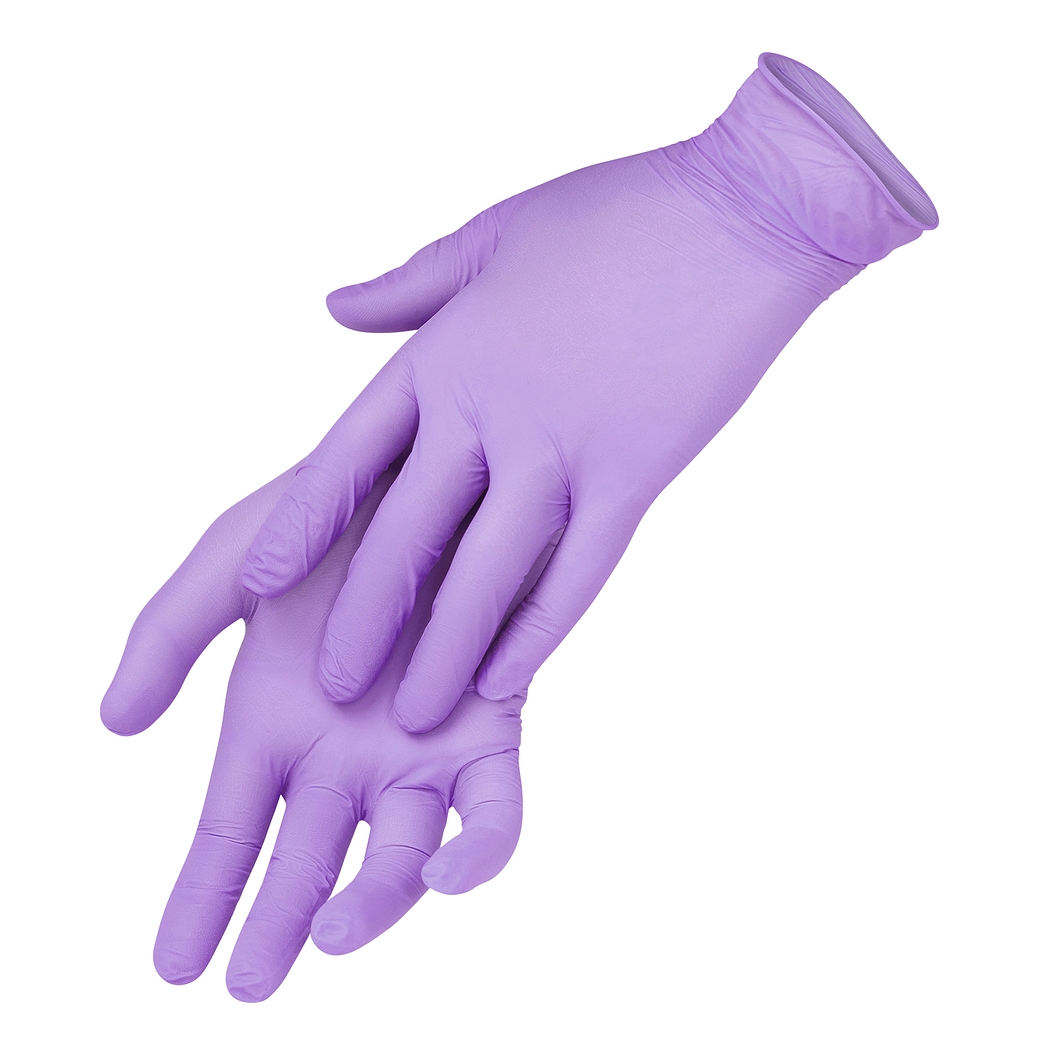Professional art handling is almost impossible without donning a pair of gloves. Moreover, safe handling and couriering require special gloves that vary depending on what exactly you are going to handle. For example, to provide more protection to each particular object, art handlers may use cotton, powder-free nitrile, or even durable work gloves. After all, large sculptures, paintings, antique objects, and other fine art pieces are not equal. The same applies to the gloves and materials they are made from. So what are the most common types of gloves used for art handling? Let’s find this out!
Before we start, it is important to underline those gloves that should not be used for fine art handling. Yes, we are talking about rubber and latex gloves that are not intended for such delicate work due to chemically unstable materials used for their creation. The fact is that such materials may react with handled works of art and even damage them. So forget about these gloves, as well as about packing supplies made from similar materials.
Work gloves. Work gloves are a must-have in case you need to handle large art pieces. Therefore, when it comes to outdoor sculpture or heavy furniture moving, opt for rugged work gloves to improve handling. Make sure, they are clean and can be used even for slippery items.
Cotton gloves. White cotton gloves are probably the most common gloves used by art handlers throughout the globe. Thanks to their ability not to leave fingerprints on the artwork and the non-reactive characteristics of cotton, such gloves have become a classic in the world of safe handling and couriering. Moreover, white color is the best indicator of dirt, which shows that this pair has to be replaced right now. The only problem is that cotton gloves may wick up the sweat, hand oil, and other moisture away from the skin, which makes them suitable not for all art pieces.
Powder-free nitrile gloves. These gloves are the best choice for almost all works of fine art. While possessing the same non-reactive characteristics as cotton gloves, they don’t wick up moisture and shed lint on handled objects. Furthermore, they are very useful when it comes to the safe handling and couriering of smooth items. Powder-free nitrile gloves usually come in blue or purple color.
It is also worth noting that though gloves are an integral part of the art handling process, sometimes it is still better to handle artworks without them. Thus, bare hands are the safest choice in case you need to handle extremely fragile items or those that require maximum tactility and grip. However, ensure your hands are clean, dry, and oil-free first in order not to damage the handled object.
Therefore, before handling the artwork, you need to choose the right pair of gloves or to ensure you don’t need them. If you have any doubts, it’s better to consult professional art handlers who have extensive experience in this particular type of work. After all, no one wants their precious possessions to be damaged during transportation and handling!
